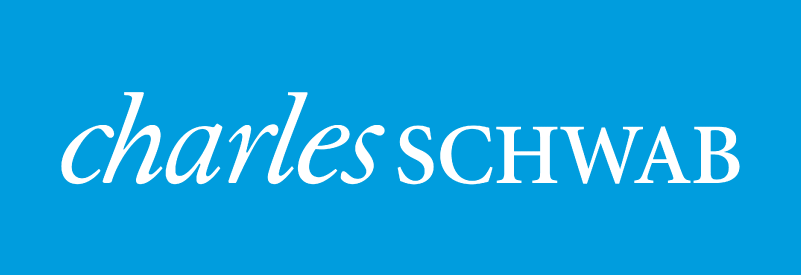February capped the best two-month start for the S&P 500 in 32 years, +11.1%. Key drivers were anecdotal progress on U.S.-Sino trade negotiations, renewed dovishness from the Fed, and a decent wrap on Q4 earnings. Stock and bond markets alike delivered positive returns with the only exception being long duration and non-U.S. bonds due to interest rates and the U.S. dollar moving higher.
Market Anecdotes
• Investors welcomed yet another delay in raising tariffs with U.S. officials citing significant progress being made. Mainland China A-shares rose over 15% in February on the news.
• Brexit’s March 29th deadline drew closer and, as of this writing, an extension or possible second referendum look like the most likely outcomes.
• The first two months of Q1 saw a 6.5% cut to Q1 S&P 500 earnings estimates. Average front two-month guidance over the past 10 years has trimmed estimates by 2.6% each quarter. negative guidance outpacing positive guidance by a 2 to 1 margin.
• U.S. equity market breadth reached impressively high levels during the month when cumulative Advance/Decline made a new record high, percentage of stocks above 50/200 Day Moving Avg spiked, as did the percentage of stocks at new 52-week highs. The equal weight S&P 500 is outperforming the market cap weighted S&P 500 by nearly 3% year to date. Robust breadth is evident in Europe as well with the Stoxx 600 A/D soaring to levels frequently seen over the past 5 years.
• The EU reduced its 2019 GDP estimate from 1.9% to 1.3% wherein Italy’s projection fell from 1.2% to 0.2% growth. An ECB board member floated the idea of another round of loans to banks in advance of next year’s TLTRO maturities, indication that the ECB spigots may open back up again. The European Commission expects a positive fiscal thrust across the Eurozone of 0.40% of GDP in 2019, up from 0.05% in 2018.
Economic Release Highlights
• 4Q GDP revealed solid 2.6% growth (2.9% 2018). 2018 GDP matched 2015 as the highest growth years since the GFC. Consumer spending grew 2.8%, despite December’s disastrous retail sales figure, but softened from Q2/Q3 (3.5%, 3.8%). Robust 6.2% business spending was offset by weak residential investment (-3.5%), a fourth consecutive quarterly decline.
• February NFP had the unemployment rate at 3.8% (16yr low) but added only 20,000 jobs, far below the 175,000 expected. The government shutdown and severe weather likely factored into the alarming headline number. We remain in the midst of a record 209 weeks of jobless claims under 300k and 100 consecutive months of job creation. We have more job openings than job seekers and increasing wages.
• The February ISM Non-Manufacturing Index jumped 3.0 to 59.7 on the back of strong export demand and new orders. Service exports are a big component of the U.S. economy. The ISM Manufacturing Index dropped 2.4 points to 54.2, missing estimates.
• February headline and core CPI (1.5%, 2.1%) both came in at consensus. Soft housing and medical prices contributed to the report which probably doesn’t sound any alarms with the Fed.
• January retail sales increased a mere 0.2% but both core readings (ex-auto/gas 1.2%, core 1.1%) posted strong rebounds off the outlier weak December of -1.6%.
• February housing starts spiked 18.6% MoM aided by an increase in single family starts of 25.1%. This was the biggest monthly increase since March 1979 and the third largest on record.
• New Home Sales jumped 3.7% in December (621,000 annualized), a strong monthly number while January Existing Home Sales (-1.2%m/-8.5%y) came in on the low end of consensus range despite discounted prices as median prices fell 2.8% to $247,500.
• February EZ PMI Composite improved slightly to 51.9, PMI Services moved up to 52.8, a 3mo high, and business confidence measures moved up to a four-month high. EZ January Retail Sales also improved to 1.3%m/2.2%y levels from a slump in December.
• February consumer sentiment bounced back to 93.8, up from the government shutdown window but still 4.5 short of December levels. Of note were sizable decreases in 1yr (2.6%) and 5yr (2.3%) inflation expectations.
• February NFIB Small Business Optimism (101.7 v 102.5) didn’t bounce back as much as hoped from the large drop in January (-3.2) due to the government shutdown and trade conflict.




Leave a Reply